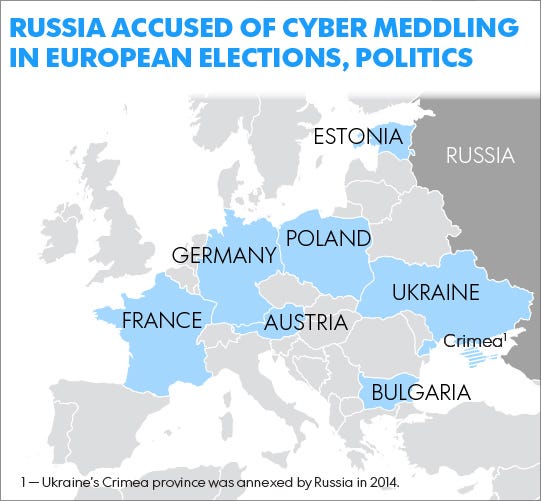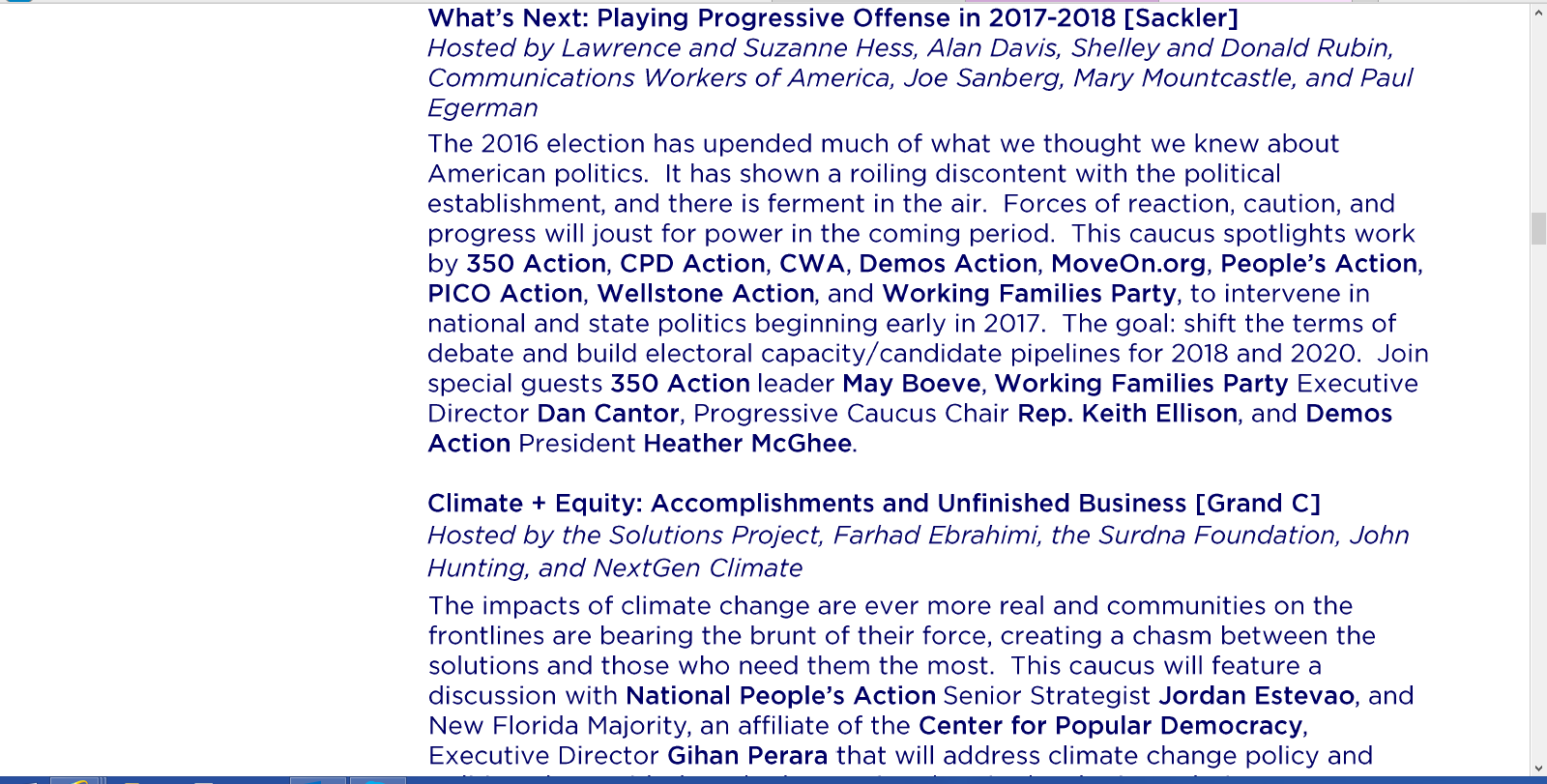But it is a start to bring back this rule…
The Holman rule (Rule XXI clause 2), which had its inception in
the 44th Congress, underwent various modifications between 1876 and
1911. At times it was dropped completely. The full text is here.
TWS: The Washington Post reports that House Republicans have revived an obscure rule that could prove to be the most significant civil service reform in decades:
House Republicans this week reinstated an arcane procedural rule that enables lawmakers to reach deep into the budget and slash the pay of an individual federal worker — down to $1 — a move that threatens to upend the 130-year-old civil service.
The Holman Rule, named after an Indiana congressman who devised it in 1876, empowers any member of Congress to propose amending an appropriations bill to single out a government employee or cut a specific program.
The use of the rule would not be simple; a majority of the House and the Senate would still have to approve any such amendment. At the same time, opponents and supporters agree that the work of 2.1 million civil servants, designed to be insulated from politics, is now vulnerable to the whims of elected officials.
It’s interesting that the Post frames this move in a way that’s sympathetic to federal workers, as if being “vulnerable to the whims of elected officials” is unduly threatening. Most Americans in the workplace are, in fact, vulnerable to the whims of their employers, and it takes a lot less than a literal act of Congress to have their pay cut or lose their job for poor performance.
And there can be no question that federal workers have far too many civil service protections. After the IRS held a press conference admitting that they had improperly targeted conservative groups, Lois Lerner, the IRS official deemed most responsible, didn’t face any meaningful consequences. Instead it was revealed that she recently received $129,000 in bonuses and retired with an annual pension that could possibly exceed $100,000.
Even after Lerner left, John Koskinen, the new interim head of the IRS, ignored congressional subpoenas as the IRS destroyed evidence relating to the investigation of Lerner and engaged in egregious stonewalling. It’s pretty clear that the IRS was in no way fearful of suffering any consequences for persecuting thousands of ordinary Americans and flouting Congress.
And last year, the New York Times reported that “at most three” Department of Veterans Affairs employees lost their jobs after it was revealed that widespread incompetence at the VA was killing sick veterans. There are several other examples of intolerable behavior by federal workers going largely unpunished, and tolerating malfeasance has broad policy implications for Republicans specifically and good governance generally:
Democrats have long understood personnel is policy. For decades, the administrative state has continued to extend its reach. So long as the people enforcing our laws and regulations are union liberals with broad immunity, the rule of law will depend on those individuals’ views and choices.
To address the systemic problem, the GOP has to reclaim Congress’s oversight power and push for sweeping civil service reforms. Without them, no significant conservative policy overhaul will ever be implemented, and Americans will be increasingly subject to a complex web of unaccountable and unconstitutional administrative fiefdoms.
For ordinary Americans, the only thing controversial here that federal workers are essentially impossible to punish or fire, even though the average federal compensation is $123,160, or 76 percent more than the private-sector average of Joe Taxpayer at $69,901. Reviving the Holman Rule was a smart move by House Republicans, and we should hope they start using it, because there are lots of federal workers who aren’t worth paying a dollar, let alone 123,160 of them.
****
Ethics questions for two sets of government employees:
Members of Congress
The ethical conduct of the elected members of Congress is prescribed by either the House Ethics Manual or the Senate Ethics Manual, as created and revised by the House and Senate committees on ethics.
Executive Branch Employees
For the first 200 years of U.S. government, each agency maintained its own code of ethical conduct. But in 1989, the President’s Commission on Federal Ethics Law Reform recommended that individual agency standards of conduct be replaced with a single regulation applicable to all employees of the executive branch.
In response, President George H.W. Bush signed Executive Order 12674 on April 12, 1989, setting out the following fourteen basic principles of ethical conduct for executive branch personnel:
- Public service is a public trust, requiring employees to place loyalty to the Constitution, the laws and ethical principles above private gain.\
- Employees shall not hold financial interests that conflict with the conscientious performance of duty.
- Employees shall not engage in financial transactions using nonpublic Government information or allow the improper use of such information to further any private interest.
- An employee shall not, except as permitted … solicit or accept any gift or other item of monetary value from any person or entity seeking official action from, doing business with, or conducting activities regulated by the employee’s agency, or whose interests may be substantially affected by the performance or nonperformance of the employee’s duties.
- Employees shall put forth honest effort in the performance of their duties.
- Employees shall not knowingly make unauthorized commitments or promises of any kind purporting to bind the Government.
- Employees shall not use public office for private gain.
- Employees shall act impartially and not give preferential treatment to any private organization or individual.
- Employees shall protect and conserve Federal property and shall not use it for other than authorized activities.
- Employees shall not engage in outside employment or activities, including seeking or negotiating for employment, that conflict with official Government duties and responsibilities.
- Employees shall disclose waste, fraud, abuse, and corruption to appropriate authorities.
- Employees shall satisfy in good faith their obligations as citizens, including all just financial obligations, especially those—such as Federal, State, or local taxes—that are imposed by law.
- Employees shall adhere to all laws and regulations that provide equal opportunity for all Americans regardless of race, color, religion, sex, national origin, age, or handicap.
- Employees shall endeavor to avoid any actions creating the appearance that they are violating the law or the ethical standards set forth in this part. Whether particular circumstances create an appearance that the law or these standards have been violated shall be determined from the perspective of a reasonable person with knowledge of the relevant facts.
The federal regulation enforcing these 14 rules of conduct (as amended) is now codified and fully explained in the Code of Federal Regulations at 5 C.F.R. Part 2635. Part 2635.
Over the years since 1989, some agencies have created supplemental regulations that modify or supplement the 14 rules of conduct to better apply to the specific duties and responsibilities of their employees.
Established by the Ethics in Government Act of 1978, the U.S. Office of Government Ethics provides overall leadership and oversight of the executive branch ethics program designed to prevent and resolve conflicts of interest.
The Overarching Rules of Ethical Conduct
In addition to the above 14 rules of conduct for executive branch employees, Congress, on June 27, 1980, unanimously passed a law establishing the following
general Code of Ethics for Government Service. Signed by President Jimmy Carter on July 3, 1980, Public Law 96-303 requires that, “Any person in Government service should:”
- Put loyalty to the highest moral principles and to country above loyalty to persons, party, or Government department.
- Uphold the Constitution, laws, and regulations of the United States and of all governments therein and never be a party to their evasion.
- Give a full day’s labor for a full day’s pay; giving earnest effort and best thought to the performance of duties.
- Seek to find and employ more efficient and economical ways of getting tasks accomplished.
- Never discriminate unfairly by the dispensing of special favors or privileges to anyone, whether for remuneration or not; and never accept, for himself or herself or for family members, favors or benefits under circumstances which might be construed by reasonable persons as influencing the performance of governmental duties.
- Make no private promises of any kind binding upon the duties of office, since a Government employee has no private word which can be binding on public duty.
- Engage in no business with the Government, either directly or indirectly, which is inconsistent with the conscientious performance of governmental duties.
- Never use any information gained confidentially in the performance of governmental duties as a means of making private profit.
- Expose corruption wherever discovered.






